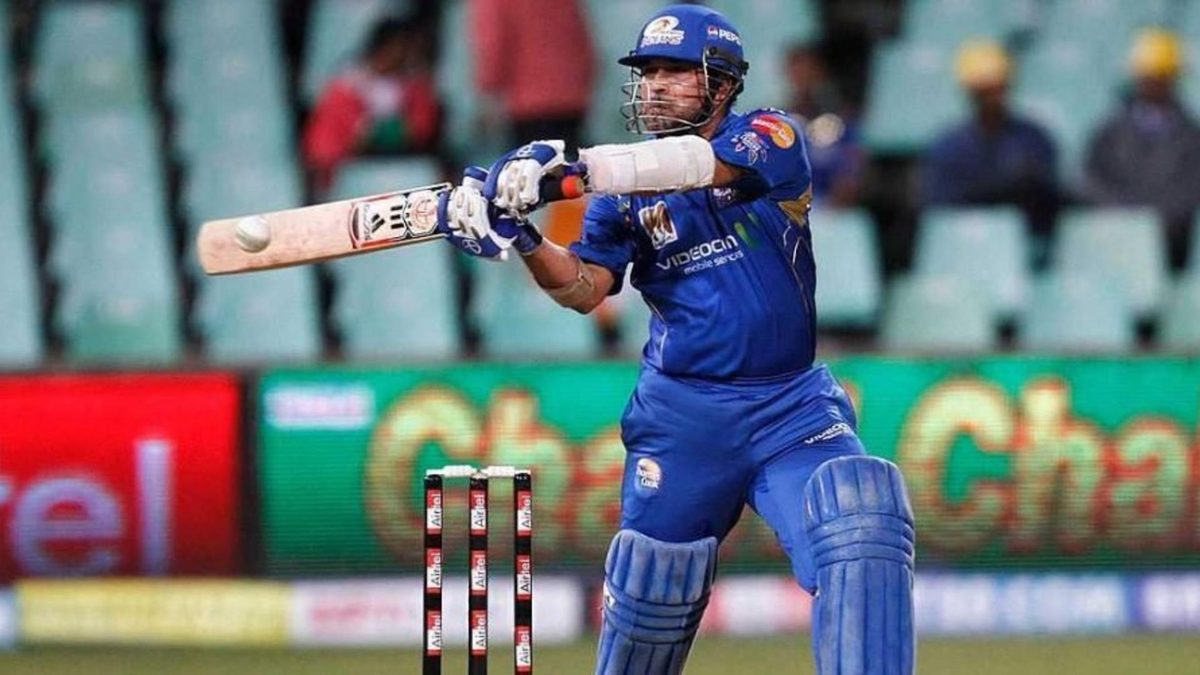
Playing and conquering all three formats is undoubtedly one of the toughest tasks for any modern cricketer. Each format has its own challenges that need attention — but Sachin Tendulkar and Jacques Kallis showed how to dominate both white-ball and red-ball cricket way back in 2010.
Subscribe to the Wisden Cricket YouTube channel for post-match awards, player interviews, analysis and much more.
In an era when T20 was still making its presence felt, and the players were adjusting to the different demands of the shortest format, two legendary cricketers Tendulkar and Kallis paved the way with their adaptability as they topped the run-charts in both Test and T20 cricket. The biggest challenge for them remained to play a format that had been introduced late into their career. Needing a more aggressive approach — something that the two weren’t exactly known for at that juncture of their careers — T20s could have been a huge test for both Tendulkar and Kallis, but they did well to silence critics by acing the shortest format along with Tests.
The Indian great managed 1,562 runs in 14 Test matches with the help of seven hundreds and five fifties, including 948 runs in wins alone. Four of his hundreds came in wins, which only states how crucial Tendulkar was to the team in 2010. Overall, the batsman faced as many as 2,794 deliveries in Test cricket in the year — the most by any batsman, with second-placed Jonathan Trott facing 2,680 deliveries.
While Tendulkar tired out the bowlers in the longer format and displayed his excellent defensive skills, he managed to turn them around in the Indian Premier League, where he ended with the Orange Cap that year. In 15 games, the Mumbai Indians batsman scored 618 runs with the help of five fifties and a high score of an unbeaten 89. Moreover, he scored his runs at a strike-rate of over 132 — the second highest from his team among batters with more than 300 runs. His efforts played a huge role in Mumbai’s march to the final, where they eventually lost by 22 runs against Chennai Super Kings.
Kallis, on the other hand, one of the stalwarts of South African cricket, ended up with 1,198 runs @ 79.86 in the Tests in 2010 with the help of six hundreds (second only to Tendulkar’s tally), including a high score of 201* in the format. He was prolific in the IPL as well, where he ended as the year’s second-highest run-scorer, with 572 runs for his team Royal Challengers Bangalore. Though Kallis scored at a strike-rate of 115.78, he was the perfect foil to Robin Uthappa at the top of the order. Kallis’ ability to hold one end up yet hit the big hits when the team demanded it allowed RCB to enter the playoffs as the fourth-ranked team.
Tendulkar, in his 38th year in 2010, and Kallis, who was 35 at the time, managed to add new dimensions to their career as they disregarded the age factor and dispelled the myth that T20 cricket ran on young legs. The two constantly looked to improvise and help their respective teams succeed in whatever format they turned out in, which ultimately remains their biggest legacy.








